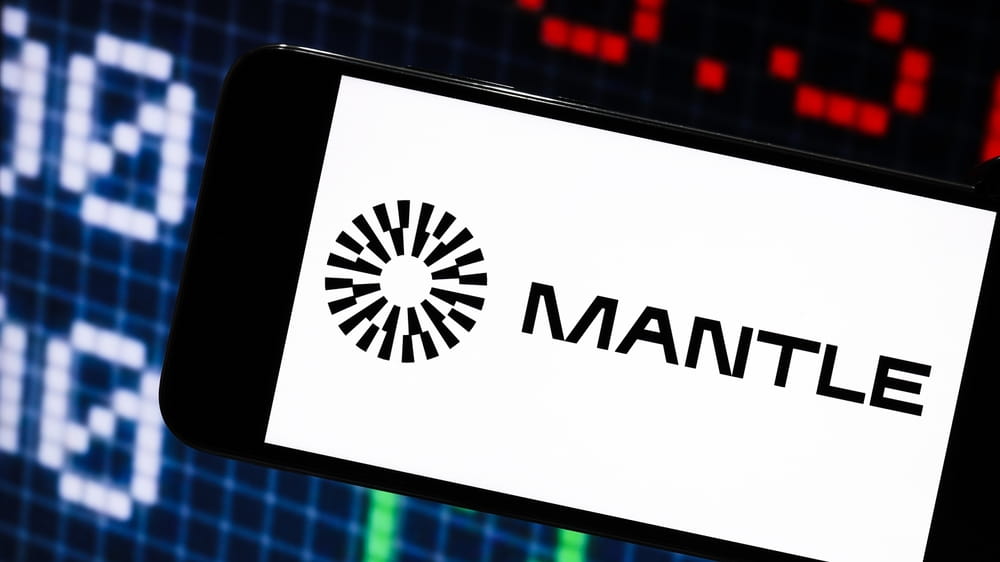In today’s rapidly evolving financial landscape, the integration of traditional assets with blockchain technology is revolutionizing how investors interact with the market. The introduction of tokenized assets brings an unprecedented level of accessibility and innovation to global finance. Understanding the impact of these advancements requires a deep dive into the strategic collaborations and technological advancements propelling this sector forward. One such groundbreaking initiative is the partnership between Mantle, Bybit, and Backed, which seeks to bridge the gap between traditional and decentralized finance by bringing U.S. equities on-chain through tokenization.
Revolutionizing Finance: The On-Chain Tokenization of U.S. Equities
Unifying Centralized and Decentralized Markets
The collaboration between Mantle, Bybit, and Backed represents a significant step in connecting traditional financial markets with the burgeoning world of decentralized finance (DeFi). Through this initiative, users can access tokenized U.S. equities such as NVDAx, AAPLx, and MSTRx, directly within the Mantle ecosystem. The strategy leverages Mantle’s scalable blockchain infrastructure, coupled with Bybit’s exchange liquidity and Backed’s regulated tokenization framework, to create a seamless bridge for investors.
Bybit facilitates xStock deposits and withdrawals via the Mantle network, enabling a direct connection between its centralized exchange (CEX) and the decentralized environment. This setup not only enhances liquidity but also simplifies the transaction process for users interacting with tokenized assets. Each xStock token is backed 1:1 by the corresponding underlying security, ensuring verifiable exposure to regulated assets.
Building a Foundation for On-Chain Capital Markets
Mantle’s role as Ethereum’s premier zero-knowledge proof-powered Layer 2 blockchain positions it uniquely to merge traditional finance (TradFi), centralized finance (CeFi), and decentralized finance (DeFi). The platform’s modular architecture and low-fee infrastructure are core to this vision. According to Emily Bao, a key advisor at Mantle, this collaboration marks a crucial step towards transforming traditional assets into interoperable components within the decentralized economy.
The partnership aims to construct a robust framework for on-chain capital markets, utilizing Mantle’s advanced technology and Bybit’s expansive reach. By creating tokenized equities as a foundation, the initiative aims to foster a more accessible and composable financial ecosystem.
Expansion of Mantle’s Real-World Asset Ecosystem
This collaboration is part of Mantle’s broader strategy to enhance its real-world asset initiatives. These efforts include institutional partnerships, such as custody agreements with Anchorage, and the development of a Tokenization-as-a-Service framework. Furthermore, the roadmap includes plans for expanding global hackathons and scholarship programs to further integrate tokenized assets within the DeFi landscape.
A notable aspect of this expansion is a U.S. retail listing for $MNT on Moomoo Exchange, reflecting Mantle’s commitment to enhancing liquidity, transparency, and composability across markets.
Disclaimer: xStocks are restricted from availability in the U.S. and to U.S. citizens. Certain geographical restrictions apply.
What are the benefits of tokenizing traditional assets like U.S. equities?
Tokenizing traditional assets offers numerous benefits, including increased accessibility, enhanced liquidity, and reduced transaction costs. It allows a wider range of investors to participate in markets previously limited to traditional finance systems, creating a more inclusive financial environment.
How does Mantle ensure the security of tokenized assets?
Mantle utilizes a zero-knowledge proof-powered Layer 2 blockchain, which provides Ethereum-grade security. This ensures that all transactions are secure, transparent, and efficiently executed while maintaining user privacy.
What role does Bybit play in this collaboration?
Bybit contributes its exchange liquidity and infrastructure to facilitate the seamless exchange and management of tokenized assets. It enables users to securely deposit and withdraw xStocks, thus bridging traditional and decentralized finance environments.
Are there any risks associated with investing in tokenized assets?
While tokenized assets offer numerous advantages, they also come with risks, such as market volatility, regulatory changes, and technological challenges. Investors should thoroughly assess these factors and consider their risk appetite before investing.

